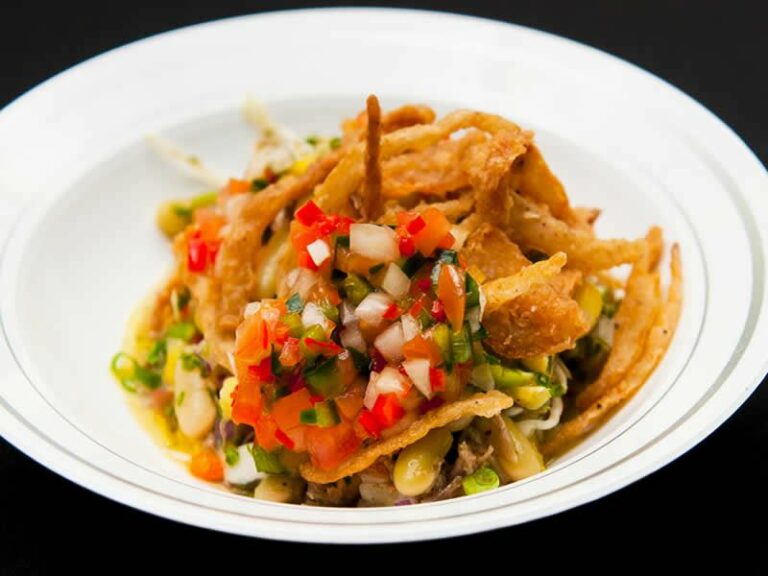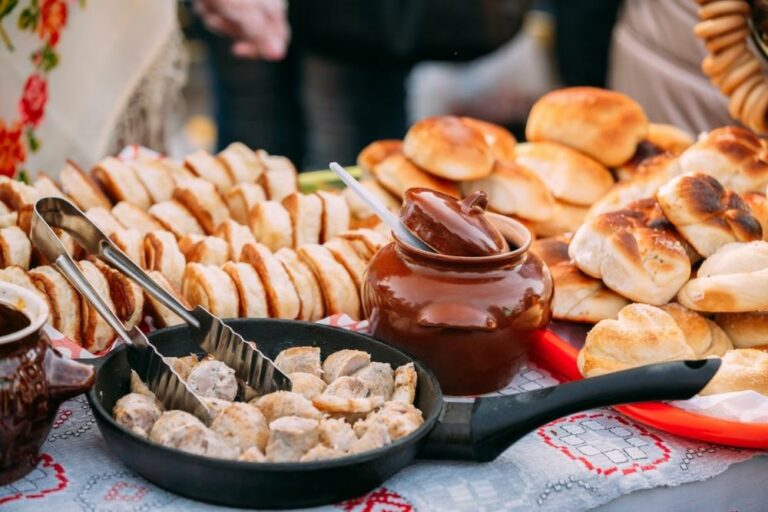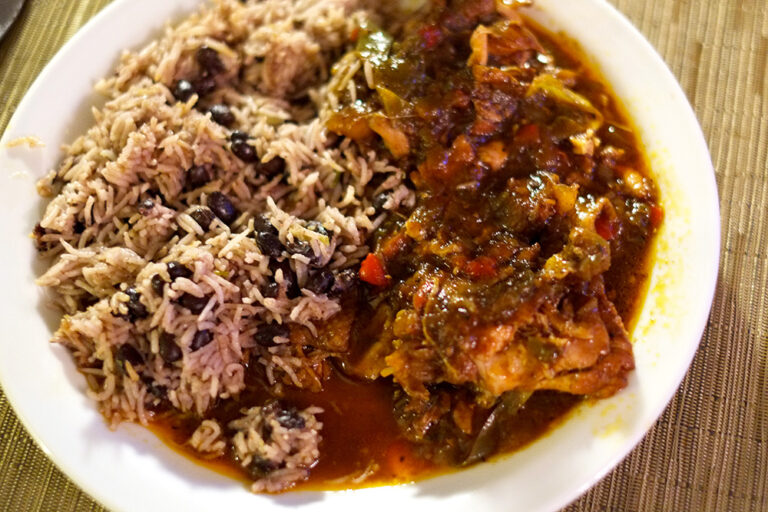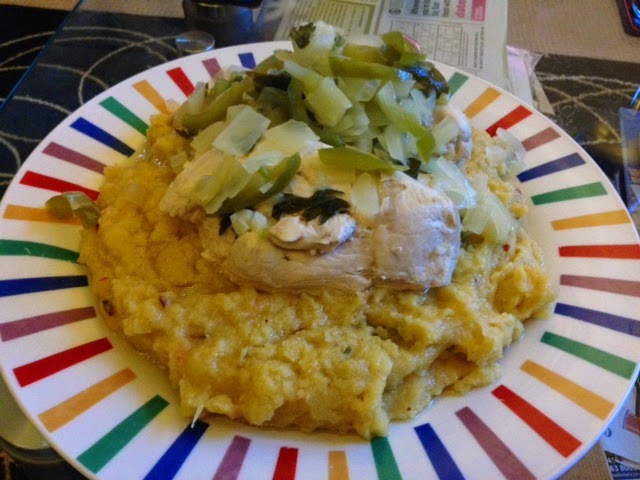Introduction: Exploring the Bread Culture in Bangladesh
Bread has been an essential part of human nutrition since the beginning of civilization. Bangladesh, a country with a rich culinary heritage, has its own bread varieties that reflect its diverse culture and history. Although rice is the staple food in Bangladesh, bread is also a significant component of the daily diet, especially in urban areas. In this article, we will explore the traditional bread varieties in Bangladeshi cuisine and their cultural significance.
Bread Varieties in Bangladeshi Cuisine: An Overview
Bread is known as “roti” in Bangladesh, and there are several types of bread available in the country. These vary in shape, size, texture, and ingredients. Some bread varieties are more popular in certain regions, while others are consumed across the country. In general, Bangladeshi bread is categorized as pitha, chapati, naan, luchi, and kulcha, among others. Each type of bread has its unique flavor and texture that complements the different dishes and occasions.
Pitha: The Traditional Rice Flour Bread of Bangladesh
Pitha is a traditional bread made from rice flour and often sweetened with jaggery or sugar. It is typically steamed or fried and can be served as a dessert or a snack. Pitha is an essential part of Bangladeshi culture, especially during festivals such as Pohela Boishakh (Bengali New Year) and weddings. There are countless variations of pitha, each with its unique taste and appearance. Some popular types of pitha include patishapta, chitoi pitha, and bhapa pitha.
Chapati: The Everyday Flat Bread of Bengal
Chapati is a flatbread made from wheat flour, water, and salt. It is a staple food in Bangladesh and India, and people consume it almost every day. Chapati is typically cooked on a tawa, a flat griddle, and served with a variety of curries, vegetables, or lentils. It is a simple yet nutritious bread that provides energy and sustenance to millions of people in Bangladesh.
Naan: The Influential Bread from the Mughal Era
Naan is a leavened bread that originated in Central Asia and became popular in South Asia during the Mughal era. It is made from white flour, yeast, and water, and can be flavored with garlic, butter, or herbs. Naan is typically cooked in a tandoor, a clay oven, and served hot with kebabs, curries, or yogurt. Although naan is not as common in Bangladesh as it is in India or Pakistan, it is still a popular bread in some parts of the country.
Luchi: The Deep-fried Bread Delight
Luchi is a deep-fried bread made from wheat flour, oil, and salt. It is a popular breakfast or snack item in Bangladesh and is often served with curries or chutneys. Luchi is similar to puri, a bread from North India, but is smaller and softer. Luchi has a crispy outer layer and a soft inner layer that melts in the mouth. It is a delightful bread that can be enjoyed at any time of the day.
Kulcha: The Lesser-known Bread of Bangladesh
Kulcha is a type of leavened bread that is popular in North India and Pakistan. It is made from white flour, yeast, and yogurt and can be flavored with spices or herbs. Kulcha is typically cooked in a tandoor and served hot with curries or chutneys. Although kulcha is not as well-known in Bangladesh as it is in India, it is still a bread that can be found in some restaurants and households.
Conclusion: Preserving the Bread Heritage of Bangladesh
Bread is an integral part of Bangladeshi cuisine and culture. Traditional bread varieties such as pitha, chapati, naan, luchi, and kulcha reflect the diversity and richness of Bangladeshi cuisine. However, with the increasing popularity of fast food and processed food, traditional bread varieties are at risk of being forgotten. It is essential to preserve the bread heritage of Bangladesh and encourage people to consume healthier and more nutritious bread. By doing so, we can ensure that future generations can also enjoy the unique flavors and textures of Bangladeshi bread.










